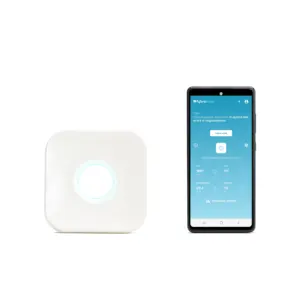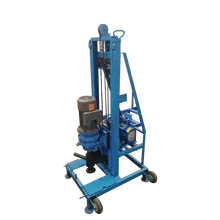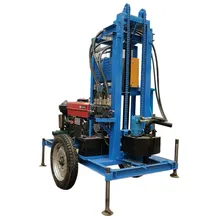
Our platform showcases a diverse range of smart climate solutions designed to enhance energy efficiency for air conditioning systems. Among the offerings are innovative smart air conditioner controls, including devices that allow for remote management of AC units. These smart controls range from small to large capacities, compatible with various types of air conditioners, ensuring users can find the right fit for their specific needs.
The platform also features programmable electronic smart thermostats, which can be integrated with central air conditioning systems, fan coil units (FCU), and HVAC systems. These thermostats offer weekly programming capabilities and connectivity, providing users with the convenience of adjusting their indoor climate from anywhere. Additionally, there are temperature controllers which cater to both simple and complex systems, offering flexibility for various installation requirements.
For those seeking advanced integration, the platform presents smart thermostats compatible with voice-controlled technology. These devices enable voice commands to manage air conditioning, adding a layer of convenience and modernity. Moreover, portable universal infrared remote controls are available, which can replace multiple remotes and centralize control of various devices, including air conditioners, through a single smart mobile application.
Lastly, the selection includes specialized smart climate solutions for water and gas boiler systems, and programmable LCD room thermostats for central air conditioners, highlighting the breadth of energy-saving devices tailored to different air conditioning needs and preferences.


































 浙公网安备 33010002000092号
浙公网安备 33010002000092号 浙B2-20120091-4
浙B2-20120091-4